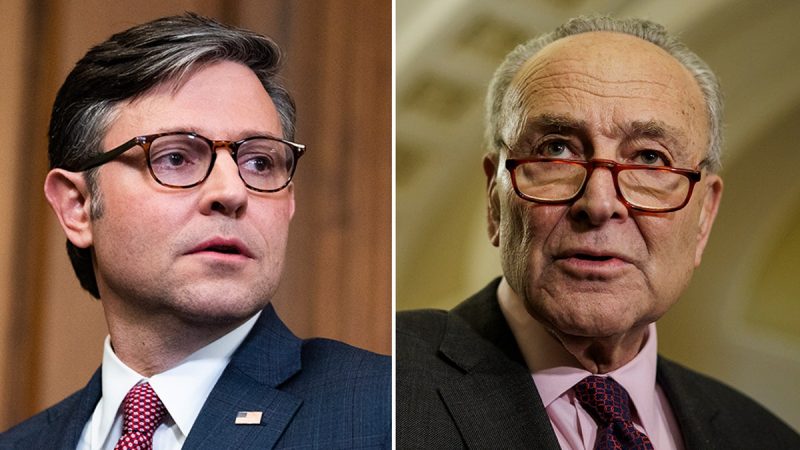In a show of deja vu, lawmakers are bracing for yet another intense government spending battle following the recent shutdown debacle. As the dust settles on the last shutdown drama, the stage is already set for a new showdown in the hallowed halls of Congress.
The looming clash over government spending comes at a time when the nation is still reeling from the cascading effects of the previous shutdown. The last shutdown, which lasted for 35 days, left a trail of economic havoc, with federal employees furloughed, services disrupted, and the public’s trust in government institutions further eroded.
Now, with the prospect of another spending showdown on the horizon, lawmakers find themselves grappling with the same familiar fault lines that have plagued previous budget battles. On one side, fiscal hawks are clamoring for deep cuts in government spending, citing concerns over the ballooning national debt and the need for fiscal discipline.
On the other side, advocates are pushing for increased investment in crucial social programs, infrastructure projects, and other priority areas, arguing that austerity measures will only exacerbate existing inequalities and hinder economic growth.
The battle lines have been drawn, and the stakes are high. Failure to reach a consensus on government spending could once again lead to a crippling shutdown, with far-reaching consequences for the economy and the well-being of millions of Americans.
As lawmakers gear up for what promises to be a brutal showdown, the public is left to wonder whether their elected representatives can rise above partisan gridlock and put the country’s interests first. The outcome of this battle will not only shape the future of government spending but also test the resilience of American democracy in the face of mounting challenges.

